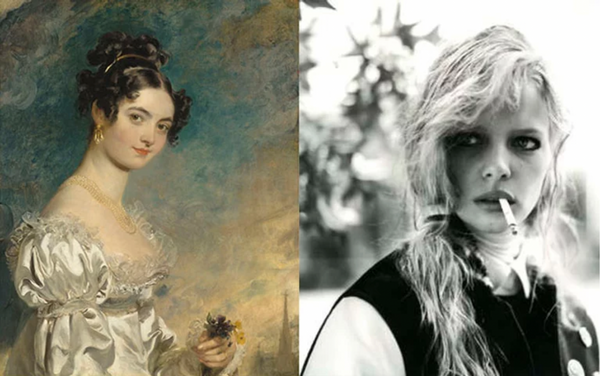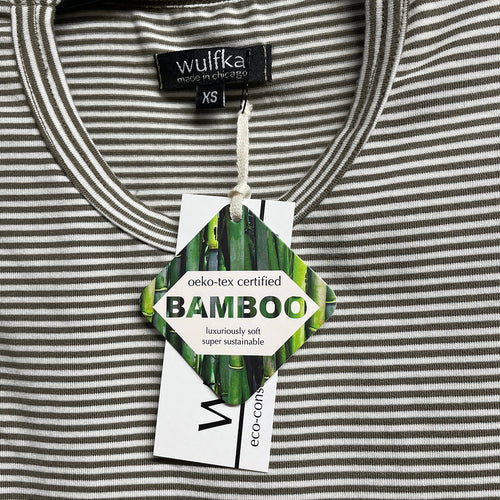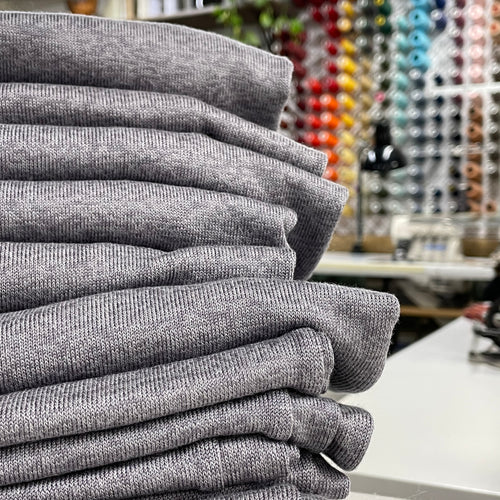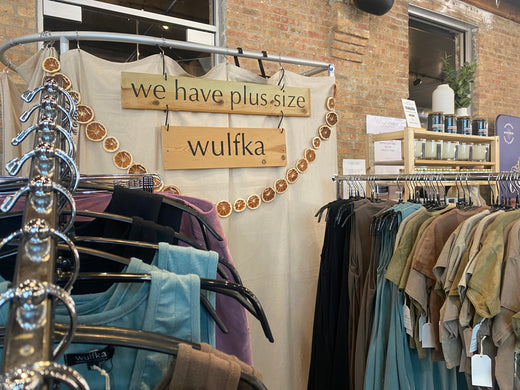Disease and Fashion History: Consumptive Chic

Originally posted June 16, 2020
As I design my fall collection, I'm asking myself how Covid-19 will effect the way we dress next season. The stigma of wearing a mask in public has been wiped away, and maybe even viewed as a caring and community-conscious act. I definitely love seeing them everywhere! Since masks will still be de rigeur this fall, perhaps we will see an emphasis on cateye eyeliner to emphasize the scrunchy-scrunch of smiling eyes. And after three months in sweatpants, will people ever abandon the teleconferencing uniform of business-on-top-couch-potato-on-the-bottom?
With these musings in mind, I stumbled upon a fashion history goldmine: Consumptive Chic by Carolyn A. Day and suddenly I saw Victorian-period literary heroines in a very different light.
Tuberculosis is an infectious disease of the lungs. It appeared to "consume" its victims from the inside out, earning it the nickname Consumption. From roughly 1800-1850 the aesthetics of the disease became popular for a couple of reasons: first, during the romantic period, feminine beauty dictated that a woman be innocent and frail. A slow emaciating disease perfectly illustrated a woman's ethereal purity, too saintly for this vulgar and coarse world. Beautifully tragic, innocent and doomed.
Secondly, the disease accentuated accepted characteristics of beauty. The belly flattened, shoulders sloped and shoulderblades protruded like wings. A persistent fever resulted in pale, translucent skin, rosy cheeks, and bright eyes with large pupils. I know! It sounds so weird that an unhealthy appearance should be in vogue, but I'm reminded of the 90's Heroin Chic. Talk about emaciated!

Consumptive Chic vs. Heroin Chic
Illness was all the rage but society frowned upon cosmetics. Emotional authenticity should be apparent in one's natural appearance (is this why all princesses and superheroes are gorgeous and villains are ugly still to this day?) and cosmetics were seen as disguising one's true nature. After all, "innocence is the best white paint and modesty is the best rouge" according to Mrs. King's The Toilet in 1838.
Still, women found ways to imitate the look. Jealously guarded cosmetic recipes and instructions have survived, proving that women went to great lengths to appear sick. Extract of Belladonna was rubbed into eyes to dilate the pupils (still used by eye doctors today!), white paints made with hard metals bismuth, lead or tin were sparingly applied to achieve the pallid complexion, and some went so far as to apply lines of blue dye to imitate veins under translucent skin.
Corsets were tied tighter and tighter during this period, accentuated with V-shapes for a desperately diminutive waist. Widely dropped necklines revealed rounded, stooped shoulders like a flower wilting in summer's heat. How innocent they must be, to be crushed under the weight of the world!

Fashion plate from 1842
Up to this point, the romantic notion of Consumption was associated with upperclass white women. All classes had been affected by the disease of course, but lower classes weren't visible in popular culture until the 1850s. Redemptive suffering--becoming pure through the crucible of disease--became a popular literary device as illustrated by a prostitute in The Lady with the Carnelias by Alexadre Dumas, reviewed by Theophile Gauthier in 1852, "As she begins to be troubled and then filled with real love, she becomes humble, shy, tender--and ill. She is consumed not only by love but also by the disease that consumed her body. Now the courtesan is stripped away and she becomes an innocent young girl!" (Remember Nicole Kidman's character in Moulin Rouge?)
No longer the purview of the elite, the sickly and weak aesthetic eventually gave way to the robust and independent Gibson Girl of the late 1800s: confidently hourglass-shaped, pictured cycling through Central Park and contemplating college and possibly entering the workplace. Similarly in our lifetimes, Heroin Chic was supplanted by Athleisure which ushered in a more toned, muscular, and healthful body ideal.
The fashion of a society says a lot about its values. I hope Covid Chic will express love and social unity, the result of an entire society halting, reflecting upon itself, and vowing to do better.
And an acceptance of joggers & blazers in Zoom meetings as well as IRL please and thank you!

The bicycle was a symbol of the so-called Gibson Girl's independence




